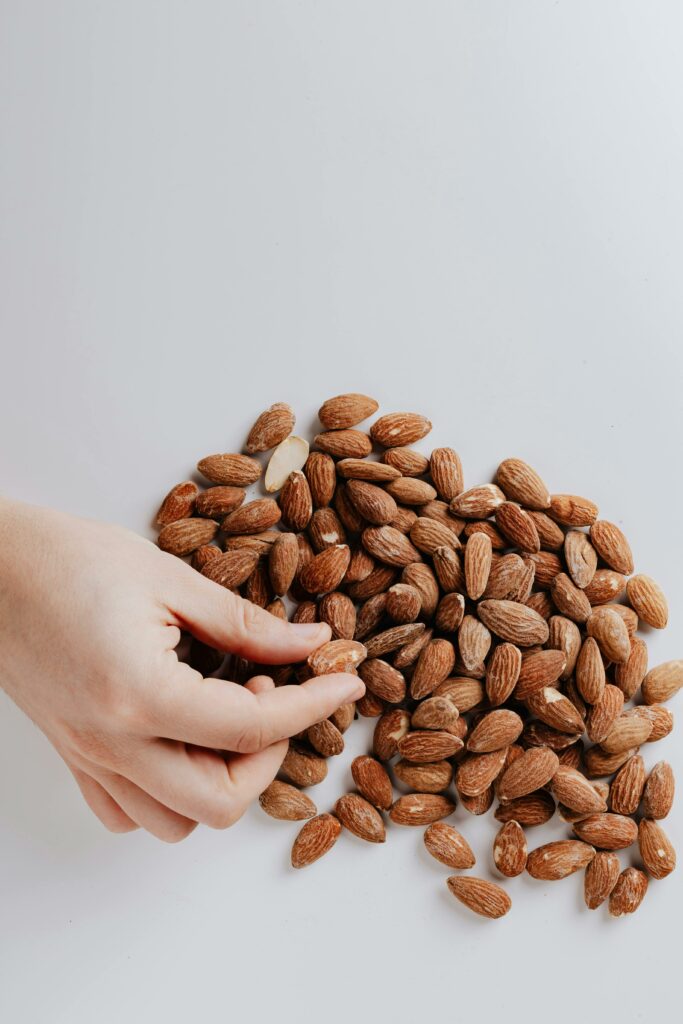Most people in the U.S. eat enough protein (including people who follow plant-based diets). However, food insecurity could mean a lack of protein. Older adults might also be at risk for not getting enough protein because the need increases as people age.
VeryWell Health’s recent article entitled “How Much Protein Everyone Needs per Day” discusses some of the signs and symptoms of too little protein:
- Increased appetite, which could lead to eating excess calories that are less nutritious.
- Increased risk of infections from the ability of the immune system to fight off infections. People who don’t get enough protein may be more likely to get sick.
- Increased risk of fractures: Vitamin D, calcium and protein are important in building healthy bones. People who don’t take in enough protein may be at risk of breaking a bone more easily.
- Liver disease, where fat can accumulate in the liver and lead to scarring or poor function.
- Loss of lean body mass: In adults, a low protein intake could cause a loss of muscle mass.
- Problems with hair, skin and nails: Multiple issues with skin and nails can occur due to a lack of protein.
- Swelling (edema): a chronic lack of protein could lead to fluid buildup, which starts in the feet and can extend to other body parts over time.
Sarcopenia is a condition that may occur in older people who lose too much muscle mass. Inactivity and a lack of nutrients can contribute to this problem.
The article says that examples of plant-based protein sources that contain about 7 g of protein include:
- 2 ounces cooked beans, peas, or lentils (such as Bayo, black, brown, fava, garbanzo, kidney, lima, mung, navy, pigeon, pink, pinto, or soy, or white beans, or black-eyed peas or split peas, and red, brown, and green lentils)
- 1 tablespoon of peanut butter
- 4 ounces of nuts or seeds
- 2 ounces of tofu
- 1 ounce cooked tempeh
- 1 falafel patty (2.5-inch, 4 ounces)
- 6 tablespoons hummus
If you want to increase your daily protein, you can do so in many ways. The first step may be understanding which foods contain protein, especially plant-based sources. Then, eat fewer foods that are low in protein and focus on foods with a higher protein content. Here are some ideas to increase daily protein intake:
- Focus on adding a protein source to every meal during the day.
- Consider adding nut butter, which could be eaten with whole-grain bread, fruit, or a smoothie.
- Add raw nuts to yogurt, salads, or oatmeal.
- Add protein powder to a smoothie, yogurt, dairy or nondairy milk, or vegetable or fruit juice.
- Lean jerked meat low in additives can make a high-protein snack.
- Edamame (soybeans) are high in protein and can be eaten alone or with a salad or stir-fry dish.
- Add tuna, salmon, sardines, or other canned fish to crackers, salads, or sandwiches.
- Choose whole grains, such as quinoa, couscous, or wild rice.
- Add more protein to breakfast with eggs, cheese, or non-dairy milk.
- Try roasted chickpeas or dipping vegetables in hummus for a snack.
Reference: VeryWell Health (Sep. 21, 2023) “How Much Protein Everyone Needs per Day”
